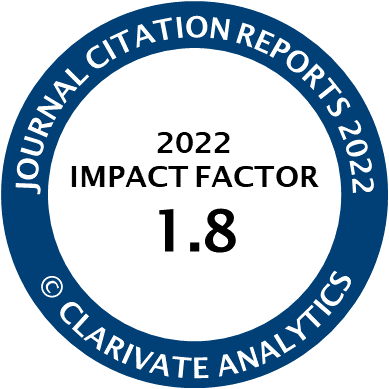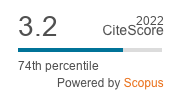Article | Open Access
Incorporating Metabolic Thinking into Regional Planning: The Case of the Sierra Calderona Strategic Plan
| Views: | 4114 | | | Downloads: | 2171 |
Abstract: The metabolic study of the southeastern part of the Calderona Mountain Range (Sierra Calderona) was developed over an area of 200 square kilometers. Due to its location on the outskirt of the Metropolitan Area of Valencia (Spain), the Calderona Mountain Range presents most of the metabolic challenges and potentials that characterize peri-urban areas. The main goal of the study was to increase the sustainability levels of the region by optimizing the flows of materials and energy, as well as flows related to the transport of people within and in/outside the region. The following article includes a methodological introduction to regional and urban metabolic studies. Secondly, it presents the specific application of those principles in the Sierra Calderona case and the qualitative and quantitative results of the assessed regional flows. Moreover, the use of Metabolic Functional Areas (FMAs) is proposed to better integrate metabolic studies with land-use and spatial planning. In its second section, the article also presents the potential for shifting toward an optimized metabolism of the studied area, as well as a set of strategies and actions for their achievement. Finally, in the conclusions, we present a critical reflection on the methods, data, exportability and scalability of the results produced in the Sierra Calderona Case. Due to its regional character, the metabolic performance of the Sierra Calderona is connected to a wide range of land uses, productive functions and stakeholders. That is the reason why the formulated strategies and actions are deeply interlinked with different sectors and why they were supported by the results of an open participatory process. However, and in spite of its regional scope, the urban systems of the Sierra Calderona proved to be an essential lever for improving the regional and local sustainability, due to their varied morphological structures, distinctive ways of functioning, and different types of interaction with the surroundings.
Keywords: ecological footprint; material and energy flow analysis; regional metabolism; spatial metabolic studies; sustainable metabolism; sustainable planning; urban metabolism
Published:
© Juanjo Galan, Daniela Perrotti. This is an open access article distributed under the terms of the Creative Commons Attribution 4.0 license (http://creativecommons.org/licenses/by/4.0), which permits any use, distribution, and reproduction of the work without further permission provided the original author(s) and source are credited.




